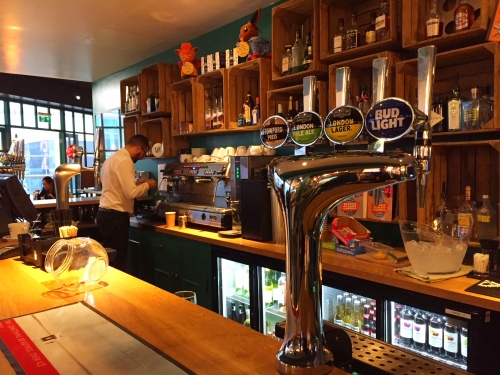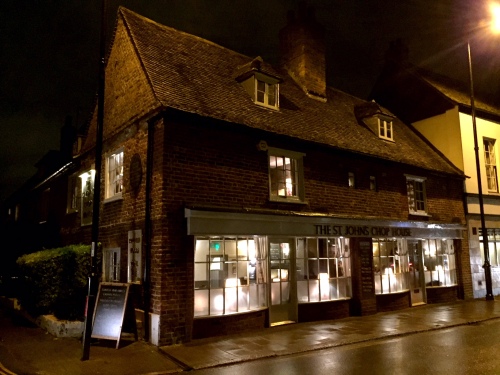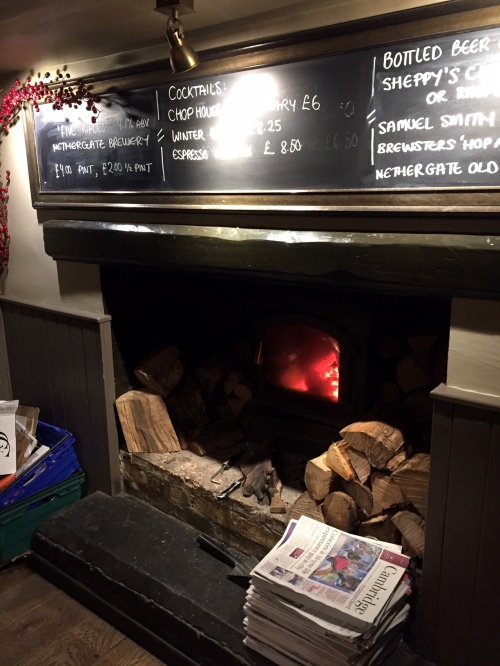Over a third of all the pubs that featured in the Good Beer Guide during the 1980s have since closed, and the decade began with two new entries, one of which hasn’t survived.
1980
Hat and Feathers: A “friendly, interesting”, “three-bar pub popular with students”, the Hat and Feathers made four consecutive appearances in the guide then dropped out. I fondly remember this pub as I used to live in the block of flats behind it, for which it was a very convenient local. The walls of one of the rooms had old photos of the pub, there was a games room, and a large, secluded outdoor seating area down one side. It always seemed busy, especially with the aforementioned students, but was closed by Punch Taverns in 2009 and converted to housing.

Maypole: A “friendly, recently redecorated” pub making its first appearance in the guide in 1980, over the next there decades it would make only one further appearance, hard to believe for a pub now regarded as one of the best pubs in the city; in the hands of the Castiglione family since 1982, they went from tenants to owners in 2009 and it’s been in every guide since 2011.
Meanwhile, “large, lively village pub” the Grapevine in Comberton made it into the guide serving Adnams Bitter and GK IPA; it closed in 2003 leaving the Three Horseshoes as the only remaining pub in a village which had at least four a century before.
1981
Another two new entries this year.
Coach and Horses: Trumpington: An 18th century “fine coaching inn”, with timber frames and stone fireplaces. At that time serving Adnams Bitter, Greene King IPA and Abbot, and Tolly Cobbold Original, it’s now a Wok ‘n’ Grill restaurant where you can at least still get pints with your meal, albeit John Smiths and Carlsberg.
Jolly Waterman: A “pleasant local’s pub” making its sole appearance in the guide; although if my visits to the recently refurbished Waterman are anything to go by, it surely won’t be long before it’s back in.
1982
A handful of new entries, of which only one would go on to have more than two subsequent appearances.
Fort St. George in England: The “popular, picturesque riverside pub” made its first appearance in 1982 and its last the following year. Its popularity these days just leads to long queues at the understaffed bar; perhaps back then the beer was worth waiting for.
Oak: The first of a hat trick of entries for the “comfortable pub with good atmosphere” and Tolly ales. It is now a bistro, which doesn’t sound nearly as comfortable, and no longer has draught beer.
Osborne Arms: A sole appearance in the guide for the “unpretentious, friendly one-bar pub” with Tolly Ales. Having visited it in the 90s and 2000s, I’m not surprised it wasn’t a regular in the guide. Still, it didn’t deserve to be demolished without consent by property developers in 2012. Over five years later and the site has become nothing more than a few more spaces to the adjoining car park; no doubt an unpretentious, friendly car park.

Portland Arms: First appearance for the “pleasant pub, centre for many city clubs”, it didn’t get in again until 1994, by which time there was apparently “a strong nautical flavour in the lounge” (which makes it sound like it was flooded), and it took until the 2000s to manage an extended run.
Sir Isaac Newton: Like the Fort St. George, the Sir Isaac Newton made its first appearance in 1982 and its last the following year. Back then it was a ‘snug’ and ‘cosy’ pub, only a third of the size it has since been extended too
Meanwhile, “”boisterous local” John Barleycorn in Coton was in the guide, with its Greene King Mild, IPA and Abbot. But, as surely as John Barleycorn must die, the pub didn’t make it to the next millennium and is now used as a house.
1983
While the Bakers Arms and the Granta were each making their last of eight consecutive appearances before dropping out of the guide, five pubs were making debuts.
Bath Hotel: Described as “specialising in ciders” (though only Bulmer is listed), it wasn’t special enough to prevent it disappearing from the guide thereafter.
County Arms: “Broadly appealing three-room pub” making the first of five in a row, appearing for the last time in 1990, it has since been opened out and renamed the Architect.
Fleur de Lys: Another pub about to achieve five years in a row, the Fleur was a “pleasant local” serving Tolly ales. I lived a few doors down from it for a year in the 90s, at which time it seemed every Saturday night it would host MJ Trayner’s tribute to Elvis. The “convivial pub with a real local’s feel” saw a little less conversation when it turned Heartbreak Hotel in 2009 and closed, before the inevitable steamroller blues and redevelopment as flats.

Fleur De Lys © Derelict Cambridge, under Creative Commons Licence
Mitre: “One of the better central pubs” back then, no doubt owing to the Benskins, Ind Coope and Burton ales, it nevertheless failed to appear again until 1999, proving that even then most of the best pubs were away from the centre.
Zebra: A “friendly pub with excellent food”, which is just how I remember it two decades later when I worked in nearby offices and it became our Friday lunch venue of choice owing to the excellent pizzas. It was always busy and well regarded, so it was a bit of a shock when it was closed in 2011, deemed unviable as a pub by Greene King, with plans approved to convert it to housing; more recent plans seek to demolish the building entirely.

The Zebra – named after the crossing, obviously.
Meanwhile, “popular local” the Queen’s Head in the village of Balsham was in the guide. Less than ten year’s later, in 1991 it was converted into a house now called Town End House, recently on the market for £750,000, which is a lot of pints.
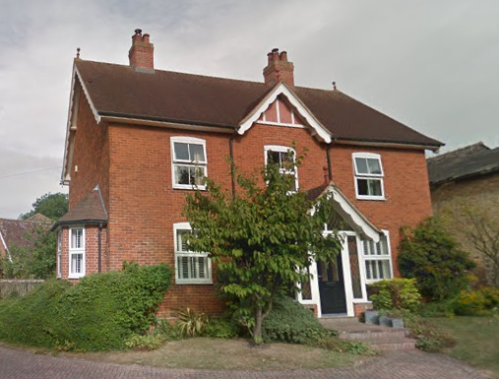
Former Queen’s Head, Balsham (image courtesy of G. Oogle)
1984
Two new entries, one of which would go on to make 20 appearances to date, while the other hasn’t yet made the guide again.
Kingston Arms: A “busy backstreet pub” with the obligatory “friendly atmosphere”, the Kingston then served Greene King XX, IPA, Abbot and Rayment BBA. Nowadays offering twelve handpumps, including permanent classics like Crouch Vale Brewers Gold, Hop Back Summer Lightning, Oakham JHB, Thornbridge Jaipur and Timothy Taylor Landlord, with Mighty Oak Oscar Wilde providing the mild, all at some of the most reasonable prices outside of Spoons. Hard to see this pub dropping out of the guide again any time soon, surely?
Old Spring: The sole appearance for what was an “extensively de-modernised pub, complete with sawdust on floor”; something it could do with now, to soak up all the beer that gets spat out when people find out how much their pint cost.
In part two, more “excellent old pubs” make the guide and have since been carelessly lost…



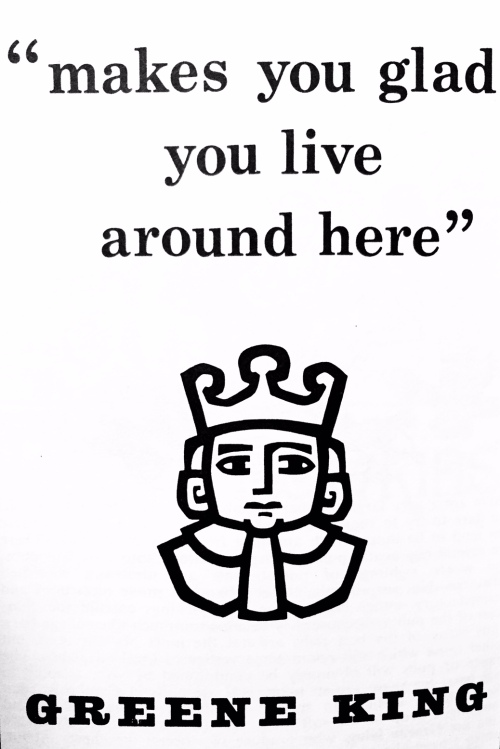





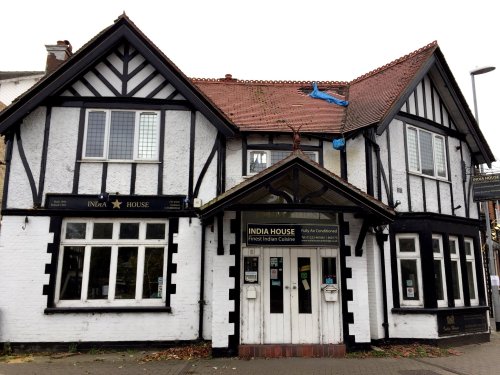




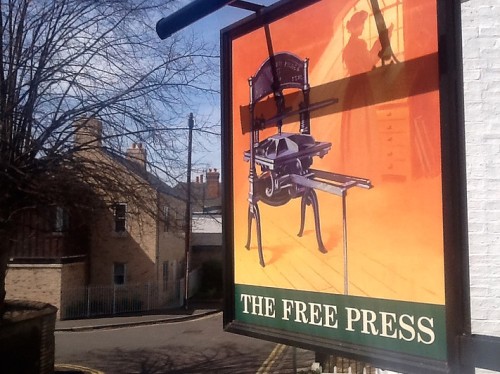





 The Elm Tree was in the first three Good Beer Guides in the 1970s, but my 1976 copy has a poignant amendment – a line through the name of the pub, which in that year suffered a tragic fire from which the landlord didn’t escape. The book Firefighters of Cambridge (David Bennett, 2009) dedicates a chapter to the event, and records in detail the pub and landlord as it was before the fire, describing the “open fireplace and Britannia tables, round, three-legged cast iron tables with wooden tops, often a century old”, capturing a comment that landlord Peter Gowing, “fond of the vod”, must have “gone up like a torch, all that alcohol inside him”.
The Elm Tree was in the first three Good Beer Guides in the 1970s, but my 1976 copy has a poignant amendment – a line through the name of the pub, which in that year suffered a tragic fire from which the landlord didn’t escape. The book Firefighters of Cambridge (David Bennett, 2009) dedicates a chapter to the event, and records in detail the pub and landlord as it was before the fire, describing the “open fireplace and Britannia tables, round, three-legged cast iron tables with wooden tops, often a century old”, capturing a comment that landlord Peter Gowing, “fond of the vod”, must have “gone up like a torch, all that alcohol inside him”. 









